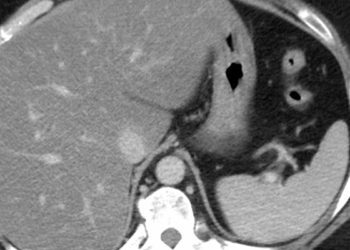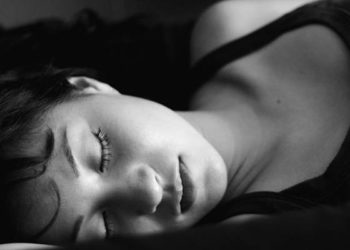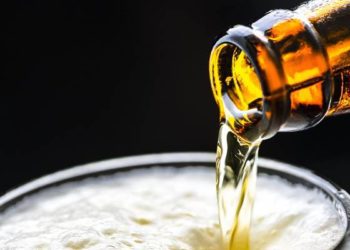Sleep duration, sleepiness, chronotype have variable associations with teen self-regulation
1. Over 2000 adolescents in grades 9 to 12 were surveyed on self-regulation, sleep duration, sleepiness, and chronotype (i.e., time of day when teens felt most functional). Overall, there was a significant association between self-regulation and both “eveningness” chronotype and daytime sleepiness.
2. There was no significant association between self-regulation and sleep duration in this population.
Study Rundown: Self-regulation, the ability to manage cognition, emotion and enable goal-directed actions, is governed by various parts of the brain. The function of these regions, and therefore self-regulation, are compromised in the context of insufficient sleep. Sleepiness can be affected by chronotype, the circadian-based tendency to be more active in the morning or the evening, as well as sleep duration, among other factors. Chronic sleep loss among teens is considered a public health concern, as it has many potentially negative health consequences, including those on self-regulation. This study is the first to assess the effect of sleep duration, daytime sleepiness, and chronotype on self-regulation among adolescents. Over 2000 teenagers in grades 9 through 12 from the Fairfax Virginia school district were assessed via online-based, previously validated survey tools. Chronotype, was assessed on a continuum. There was a significant association between lower self-regulation and both greater “eveningness” chronotype, and daytime sleepiness. Sleep duration was not significantly associated with self-regulation. These results have policy implications, especially as this data adds to the growing literature supporting later school start times for adolescents. While this study shows that there are aspects more strongly associated with self-regulation than sleep duration, it is limited by the self-reported nature of the data.
Click to read the study published today in Pediatrics
Click to read the associated commentary published today in Pediatrics
Relevant Reading: Sleep and risk-taking behavior in adolescents
In-Depth [cross-sectional study]: This study used data from a 2015 online survey of 2017 students in grades 9 through 12 from 19 schools in the Fairfax County, Virginia Public School system. Self-regulation was measured using a previously validated questionnaire that assessed cognitive, behavioral, and emotional domains. Sleep duration was calculated using self-reported sleep and wake times. Daytime sleepiness was measured via an online Sleepiness Scale, and chronotype was evaluated on a continuum, with higher numbers associated with greater eveningness, using the Morningness-Eveningness Scale for Children. After adjusting for covariates, there was a statistically significant relationship between self-regulation and chronotype (0.01, 95%CI 0.01-0.02, P < .001) and both medium and high daytime sleepiness (-0.14, 95%CI -0.19- -0.10 and -0.24, 95%CI -0.29- -0.20, P < .001, respectively). School-night sleep duration was not significantly associated with self-regulation. In addition, the relationship between self-regulation and all sleep variables did not change when separated by age. Likewise, there was no change in relationship between self-regulation and both sleepiness and chronotype when groups were divided into >7 or <7 hours of sleep time.
Image: CC/Wiki/marksebastian
©2015 2 Minute Medicine, Inc. All rights reserved. No works may be reproduced without expressed written consent from 2 Minute Medicine, Inc. Inquire about licensing here. No article should be construed as medical advice and is not intended as such by the authors or by 2 Minute Medicine, Inc.







![Adverse pregnancy outcomes associated with thrombophilias [Classics Series]](https://www.2minutemedicine.com/wp-content/uploads/2015/07/Classics-2-Minute-Medicine-e1436017941513-75x75.png)